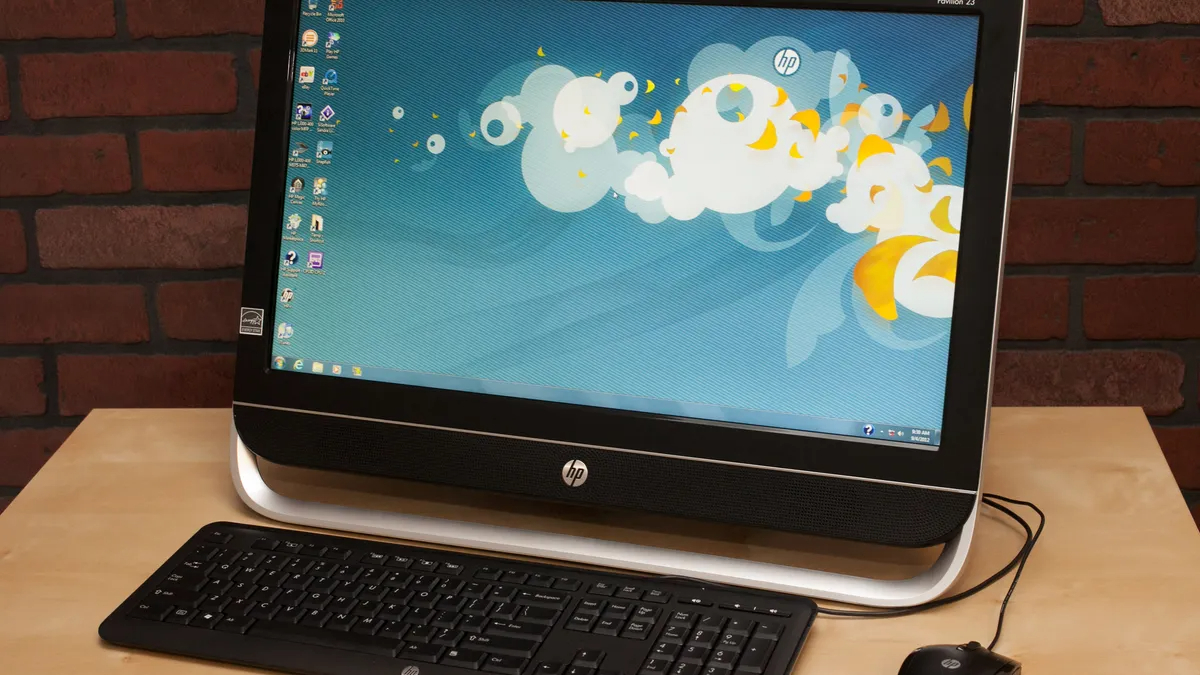Turning on an HP Pavilion computer is a straightforward process, but for those new to using HP products or unfamiliar with desktop or laptop operations, it may require a brief explanation. Whether you are setting up your computer for the first time or just looking for guidance on starting it up, this article will provide a step-by-step guide on how to power up your HP Pavilion computer, along with tips for troubleshooting common startup issues.
Initial Setup and Powering On
Locating the Power Button
Find the power button on your HP Pavilion computer. On desktop towers, it’s typically located on the front or top. For laptops and all-in-one desktops, the power button is usually above the keyboard or on the side of the device. The button may have the universal power symbol, which is a circle with a line at the top.
Turning On the Computer
Press the power button firmly and release it. Desktop users should ensure the monitor is also turned on by pressing the power button on the monitor. The HP logo should appear on the screen, indicating that the computer is starting up. If the screen stays blank, check to ensure that the monitor is connected to power and to the computer.
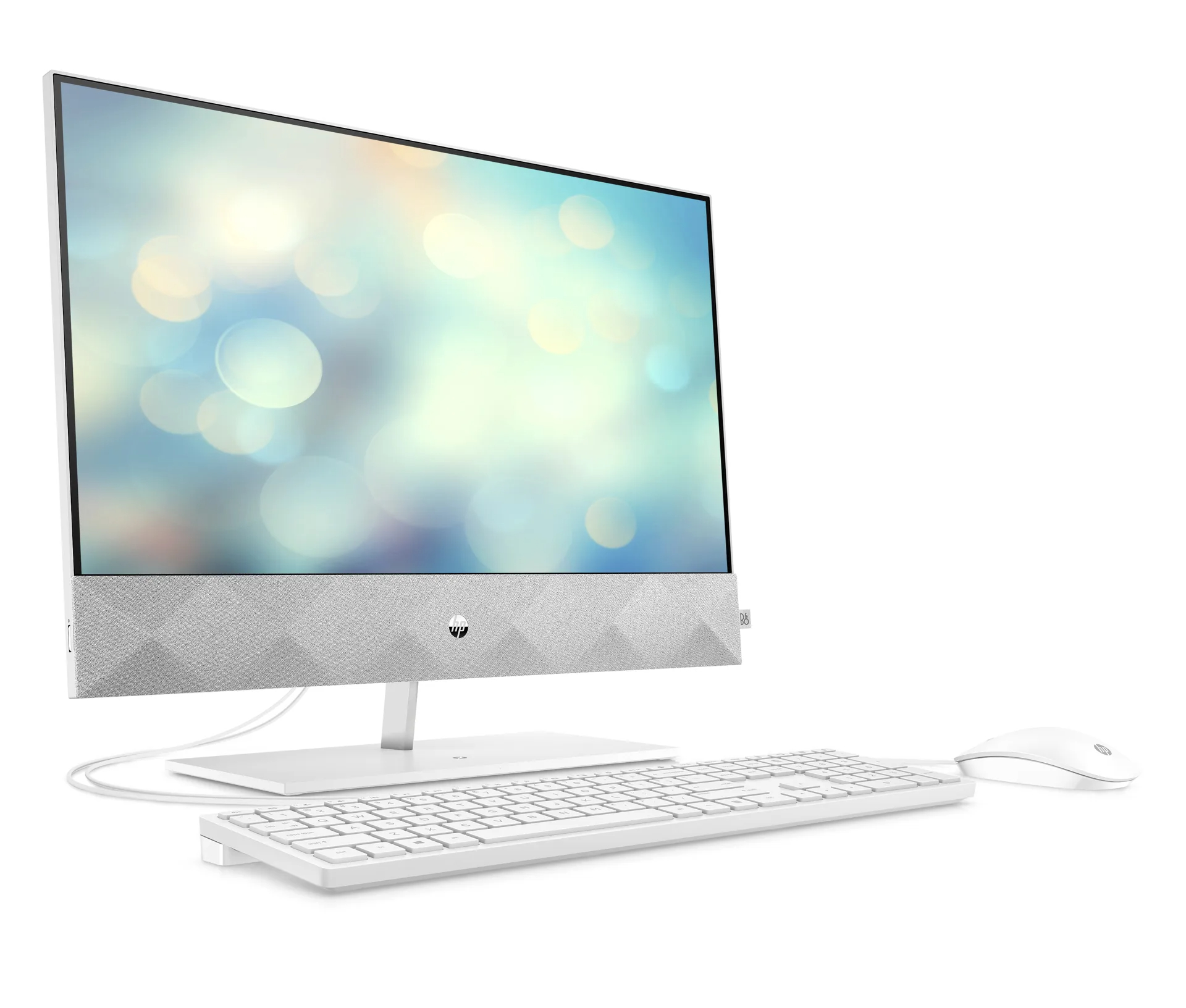
Understanding Boot Process and Sign-In
Observing the Boot Sequence
After pressing the power button, the computer will begin its boot sequence. You will likely see a few screens flash by, including the HP logo and possibly the Windows logo as the operating system loads. This process usually takes only a few seconds but can take longer if the computer is performing system checks or updates.
Accessing Your User Account
Once the boot process is complete, you will arrive at the login screen. Here, you will need to enter your password or PIN, or use another sign-in method such as fingerprint recognition or facial recognition if your HP Pavilion model supports these features. Enter your credentials to access the desktop and begin using your computer.
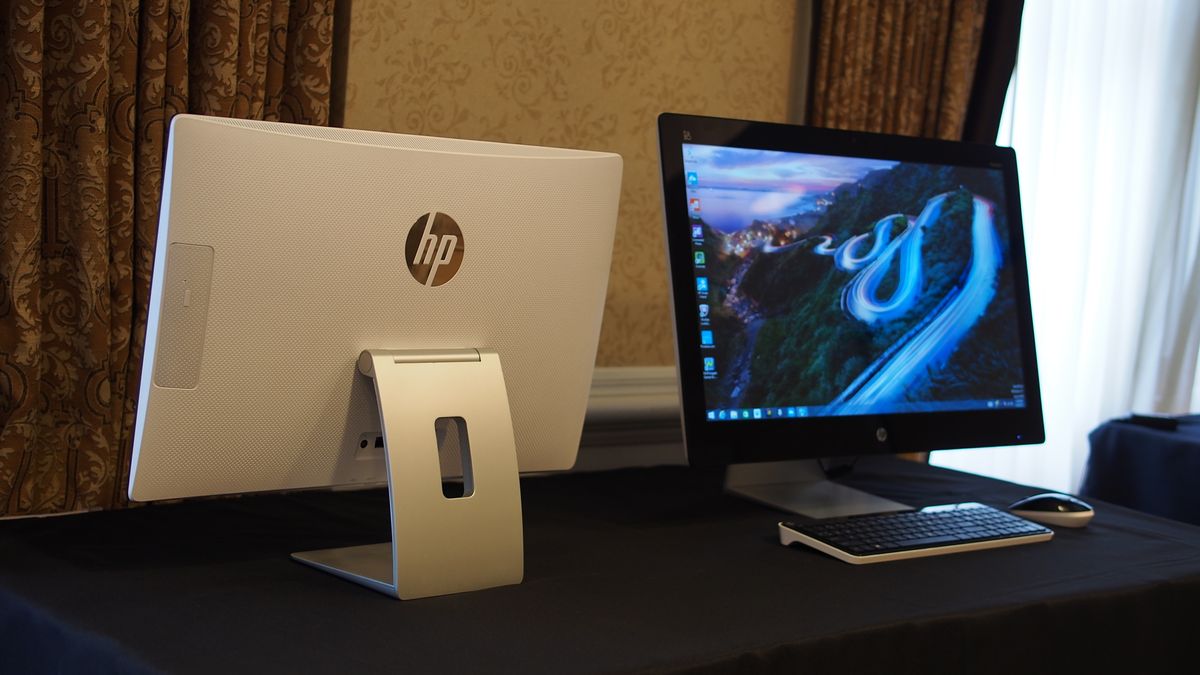
Troubleshooting Startup Issues
Checking Power Sources
If your HP Pavilion computer does not turn on, first ensure that the power cable is firmly plugged into the computer and the power outlet. For laptops, also check the battery charge status; if the battery is depleted, connect the charger to the laptop and wait a few minutes before trying to turn it on again.
Resolving Screen Issues
If the power turns on but the screen remains blank, verify that the monitor is on and correctly connected to the computer. For laptops, try adjusting the brightness. If none of these steps work, there may be a hardware issue with the screen or internal components, and you may need to seek professional assistance.
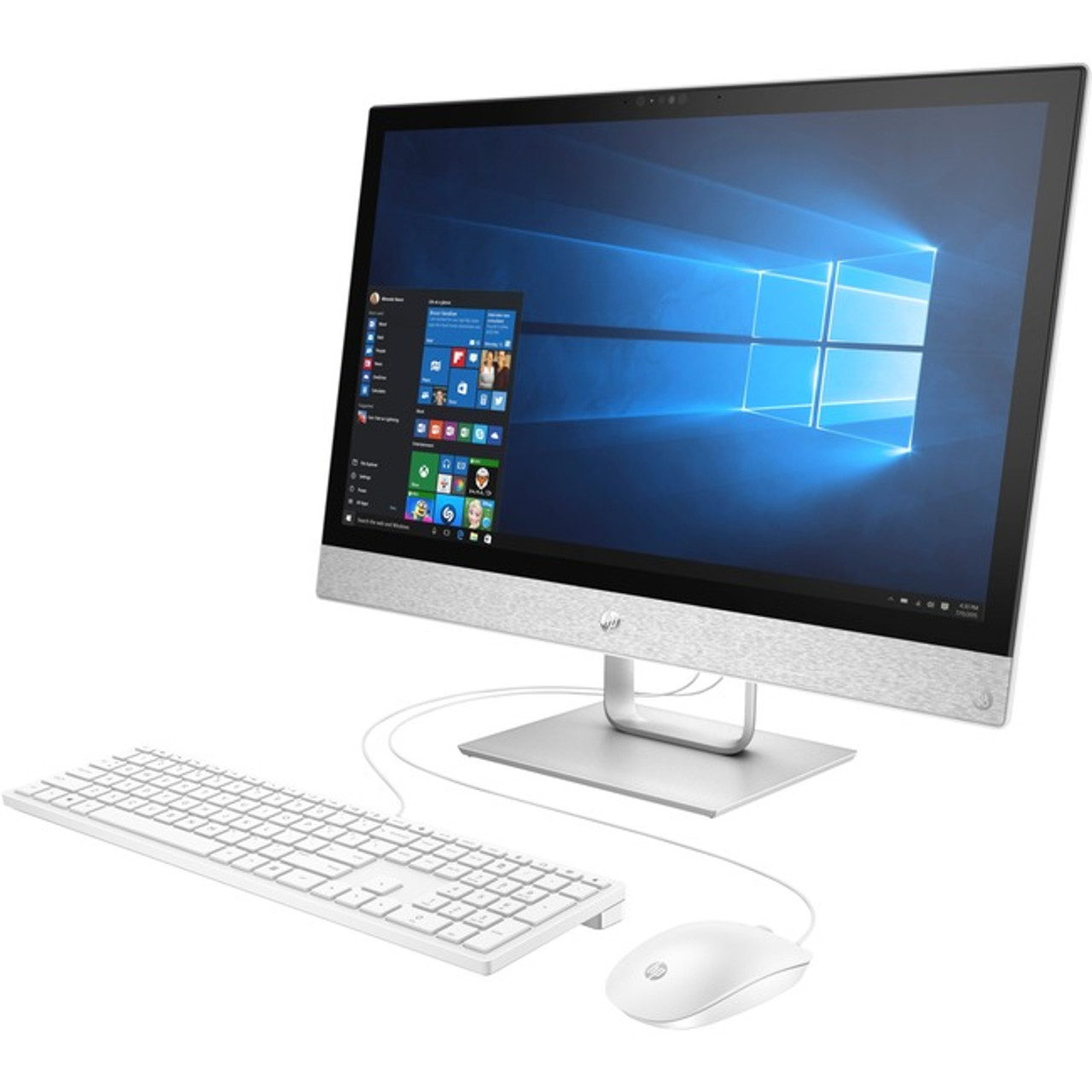
Advanced Startup Options and Recovery
Accessing BIOS or UEFI Settings
For advanced users needing to access BIOS or UEFI settings for troubleshooting or configuration purposes, you can usually enter these settings by pressing a key such as F10, F12, Esc, or Del immediately after turning on the computer. The specific key varies by model, and the correct key is typically displayed briefly on the screen during startup.
Utilizing HP Recovery Options
HP Pavilion computers come with recovery options to repair or reset the computer if it’s not starting up properly. To access HP Recovery, turn on the computer and repeatedly press the F11 key until the “Choose an option” screen appears. From here, you can troubleshoot, perform a system restore, or reset the computer to its factory settings.
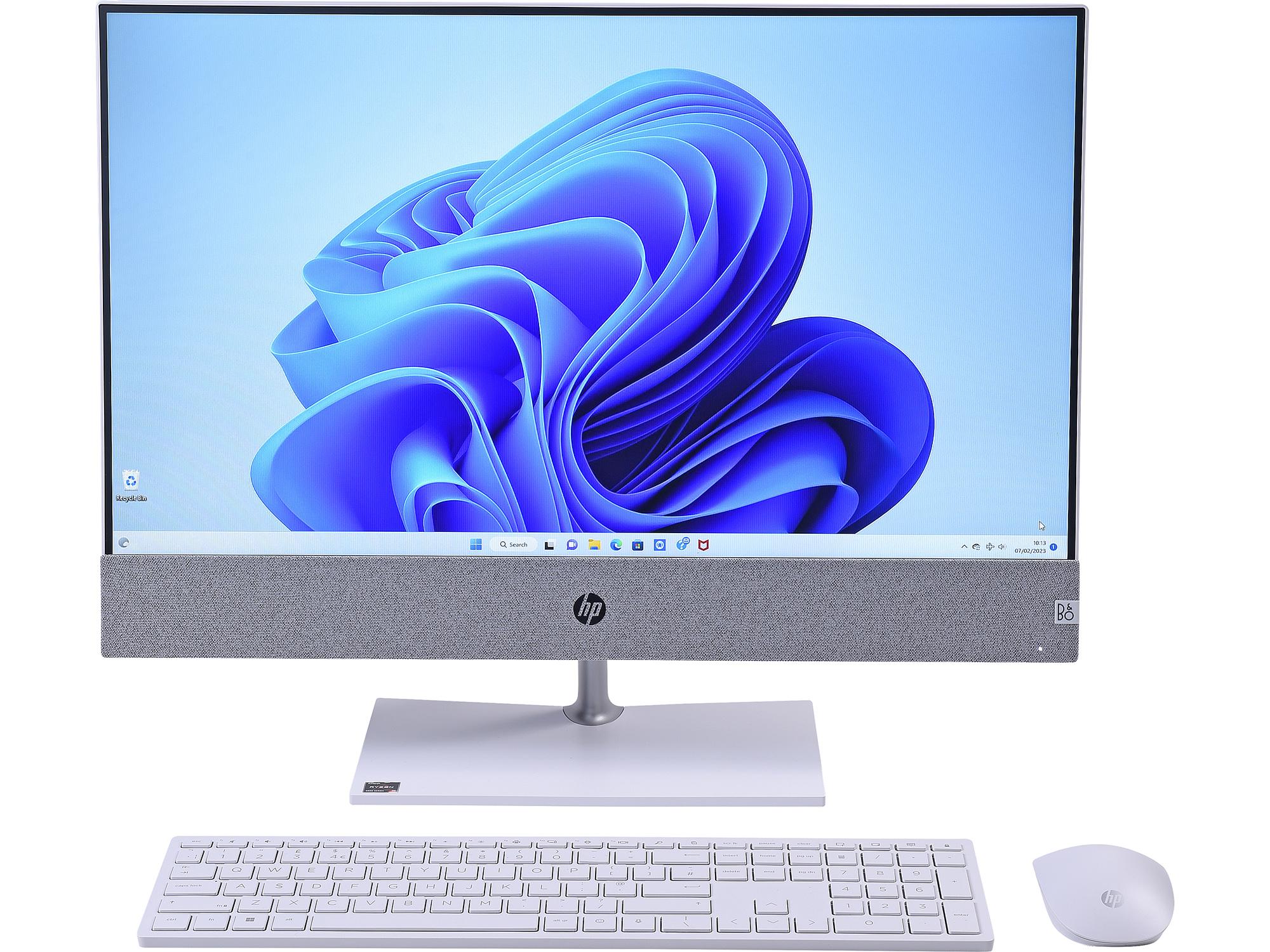
Preparing for First Use of Your HP Pavilion
Unboxing and Initial Assembly
When unboxing your new HP Pavilion, place all components on a clean, stable surface. For desktops, this includes connecting the monitor, keyboard, mouse, and any other peripherals. Laptops simply need opening. Check the user manual for any model-specific setup instructions to ensure everything is ready for the first start.
Connecting to Power
Ensure your HP Pavilion is connected to a reliable power source. For desktops, plug the power cord into the back of the tower and then into an outlet or surge protector. Laptops should have their batteries charged for a bit before turning on, even though they can also run on AC power directly.
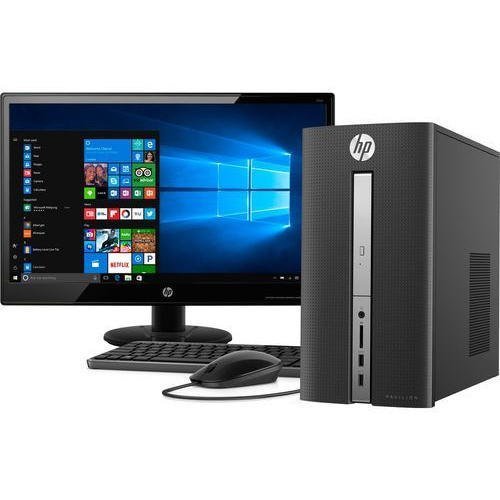
Post-Startup Configuration and Updates
Completing the Windows Setup
After logging in for the first time, Windows will guide you through a setup process. This includes connecting to Wi-Fi, setting up a user account, and agreeing to the terms and conditions. Follow the prompts to customize your settings, such as language, region, and privacy preferences.
Running System and Software Updates
Once setup is complete, it’s crucial to update your system. Go to the “Settings” menu, then “Update & Security,” and click “Check for updates.” Install any available updates for Windows and HP software to ensure your Pavilion runs smoothly and securely.
Personalizing Your HP Pavilion Experience
Customizing Your Desktop and Settings
Now that your HP Pavilion is up and running, personalize your experience. You can change your desktop wallpaper, organize your start menu, and adjust system settings to fit your needs. Explore the “Settings” menu to find various options like display preferences, notification rules, and power-saving settings.
Installing Essential Software
Consider which software you’ll need for your daily tasks. HP Pavilions often come with pre-installed apps, but you may need additional programs. Browse the Microsoft Store for apps or download software from trusted websites. Ensure to install an antivirus program to protect your computer from threats.
Maintaining Your HP Pavilion for Optimal Performance
Regularly Cleaning and Updating
Keep your HP Pavilion in top shape by regularly cleaning its hardware and updating software. Dust the keyboard, screen, and vents to prevent overheating. Software-wise, routinely check for and install updates for Windows, drivers, and your installed apps.
Monitoring System Health
Use HP Support Assistant, a built-in tool designed to help maintain your computer. It helps in checking system health, running diagnostics, and managing updates. Schedule regular check-ups using this tool to ensure your Pavilion’s longevity and efficiency.
In summary, turning on an HP Pavilion computer is generally a simple matter of locating and pressing the power button. If you encounter any startup issues, checking power connections and ensuring that the display is functioning are good first steps. For more complex issues or to access advanced settings, the BIOS or HP Recovery options can provide solutions. By following these steps, you should be able to successfully power on and begin using your HP Pavilion computer with ease.
